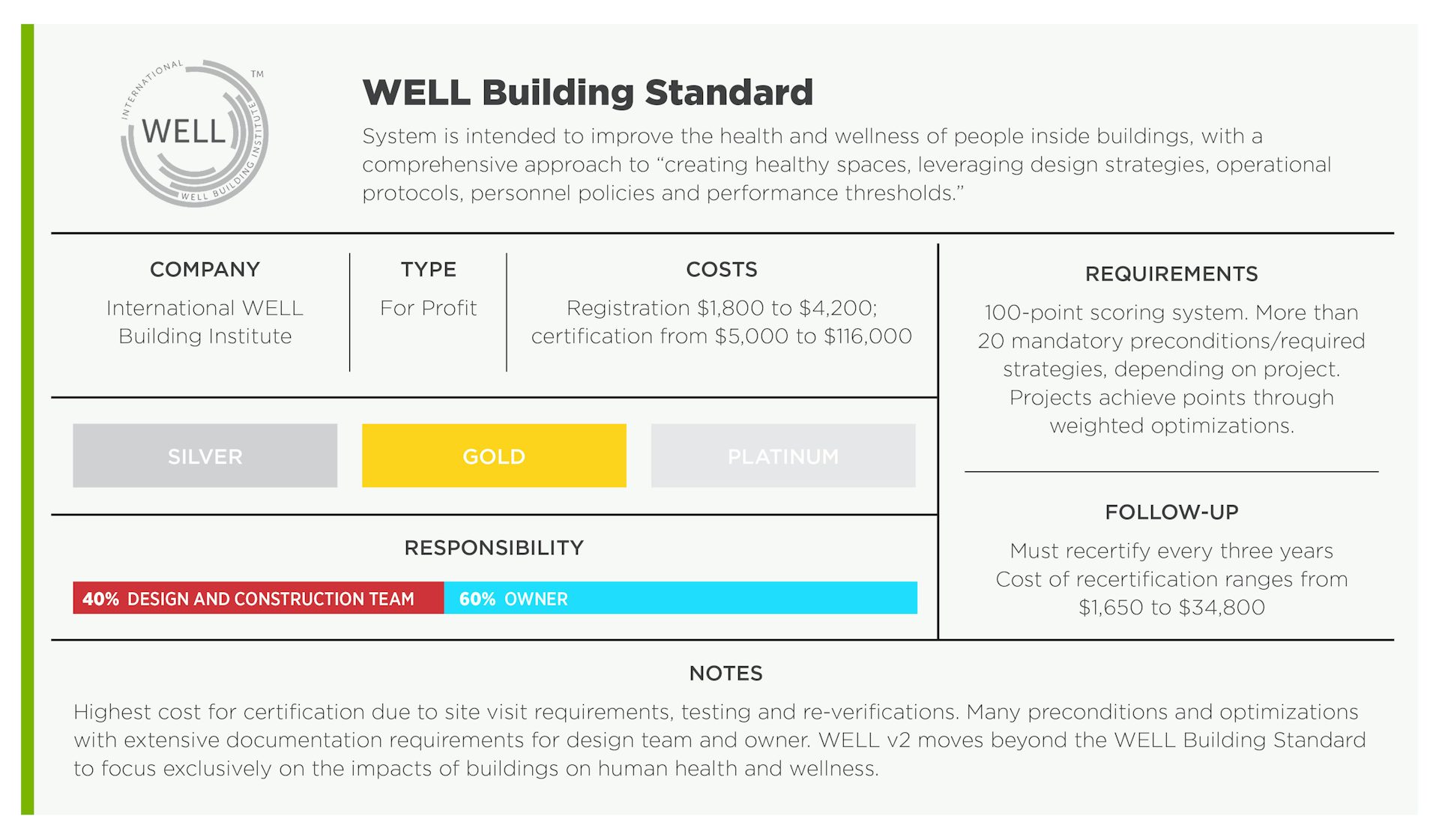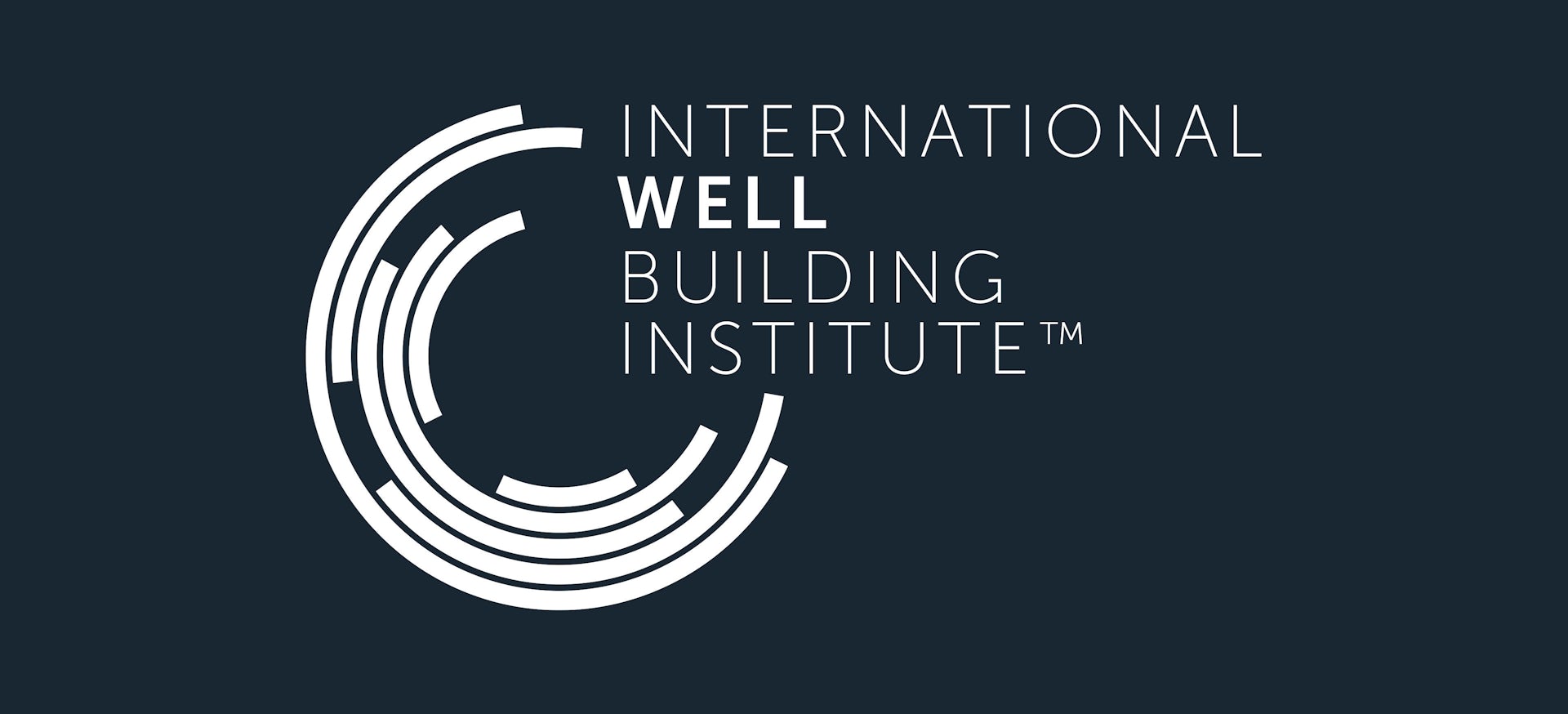LPA recently hosted Rachel Gutter, President of the International WELL Building Institute (IWBI), for an open discussion on the WELL certification program, the development of WELL v2 and the evolution of health and wellness in built environments.
“We are constantly looking for ways to support the whole person – mind, body and soul – in the environments we design.” LPA CEO Wendy Rogers says. “The WELL certification aligns with this guiding principle to design spaces where wellness is a top priority.”
The online dialogue touched on a wide variety of topics, as Gutter fielded questions about the process of getting projects WELL certified in a range of market segments. LPA Design Director Kate Mraw moderated the discussion, which included more than 40 LPA team members. Prior to the event, LPA team members researched the WELL certification process and submitted questions in advance to focus the discussion on the evolution of wellness, the path to healthier environments and the connection to sustainability.
“There’s a vital connection between green buildings and human health,” Gutter said. “We have referred to this healthy buildings movement as a second wave of sustainability – not an alternative to green, but an extension to it.”
A third of the projects that have achieved WELL certification also achieved a green building certification, Gutter said. The WELL certification allows for points to be earned from approved points earned in the LEED certification program, she said.
“Green building and healthy building certifications are a yes/and, and not, either/or,” says Gutter.
As a performance-based building certification system, all WELL projects undergo on-site testing. The certification process tests the quality of air, water, nourishment, light, movement, thermal comfort, sound, materials, mind, community and innovation.
LPA Talks Wellness with International WELL Building Institute President
“We are constantly looking for ways to support the whole person – mind, body and soul – in the environments we design.” LPA CEO Wendy Rogers says. “The WELL certification aligns with this guiding principle to design spaces where wellness is a top priority.”

The on-site performance tests are key differentiators of the program, said IWBI Market Development Director Angela Spangler, who detailed the technical perspectives of the program. Performance testing ensures meaningful differences are made to physical health, mental health and social connectedness. Tools and resources are provided to every registered project including a coach who helps guide projects from registration to certification. (Catalyst magazine recently compared the main health and wellness certification programs. The article can be found here.
According to the IWBI, the WELL certification is the “first rating system to focus exclusively on the impacts of buildings on human health and wellness” and can be “scaled for all design portfolios.” The latest version of WELL, WELL v2, allows projects to build their own scorecard based on a menu of options. The scorecards focus on the features that are priorities for the project. WELL v2 offers a balance of point-earning opportunities that can be addressed through design and operations, in conjunction with the organizations programs, policies and protocols.
“We really focus on making the system adaptable in real time,” Gutter says. “That allows us to add new features and parts as we go in an incremental fashion.”
In the wake of COVID-19, IWBI decided to “hit pause” and call upon the community to provide feedback and gather research to fortify the WELL v2 system against the myriad of concerns during the COVID-19 recovery phase, Gutter said.
“There’s only so much our buildings can do to reduce the risk of transmission with a disease as highly infectious as COVID-19.” Gutter says. “The most important thing we can do to protect ourselves as organizations, and in the return to work, is to move toward the culture of health and establish a protocol and culture for people to stay home when they are sick.”
During the LPA event, the discussion shifted to how to illustrate to clients the return on investment for a WELL certification. ROI related to WELL certification could come from an increase in employee productivity, as well as recruitment and retention, Gutter said.
“We really focus on making the system adaptable in real time,” Gutter says.
Mraw moved the discussion to the goals and designing around the human experience and health and wellness. LPA views health and wellness as “the physical health and mental health of individuals” and human experience is an “experience or behavior that a space queues for people to participate in or interact with” according to Mraw.
The human experience goals, as Mraw described, would be considered under the WELL certification’s community concept category, Gutter said. “In terms of the environment, human health and planetary health are deeply related,” she said. “You really can’t and should not separate those two.”
Under Gutter’s leadership, the IWBI has expanded the WELL Building Standard to address all building types, as well as whole districts and communities. Before her work at IWBI, Gutter’s spent nearly a decade at the U.S. Green Building Council, where she served as Senior Vice President of Knowledge and was Founding Director of the Center for Green Schools.














